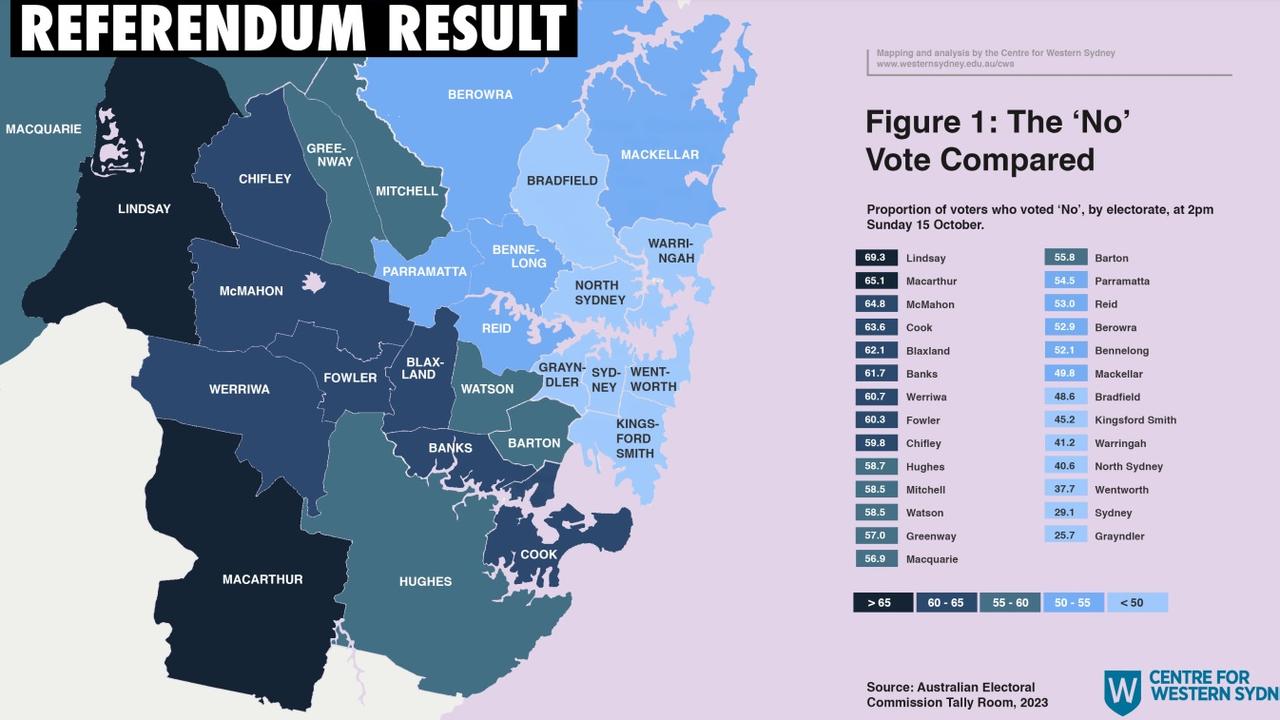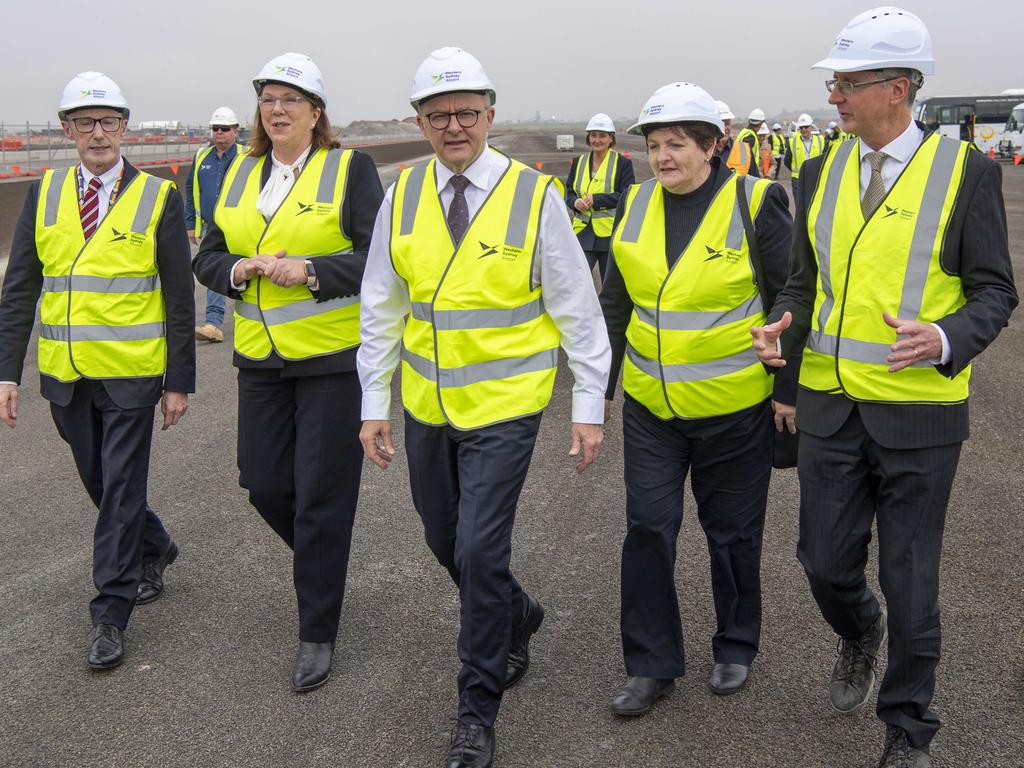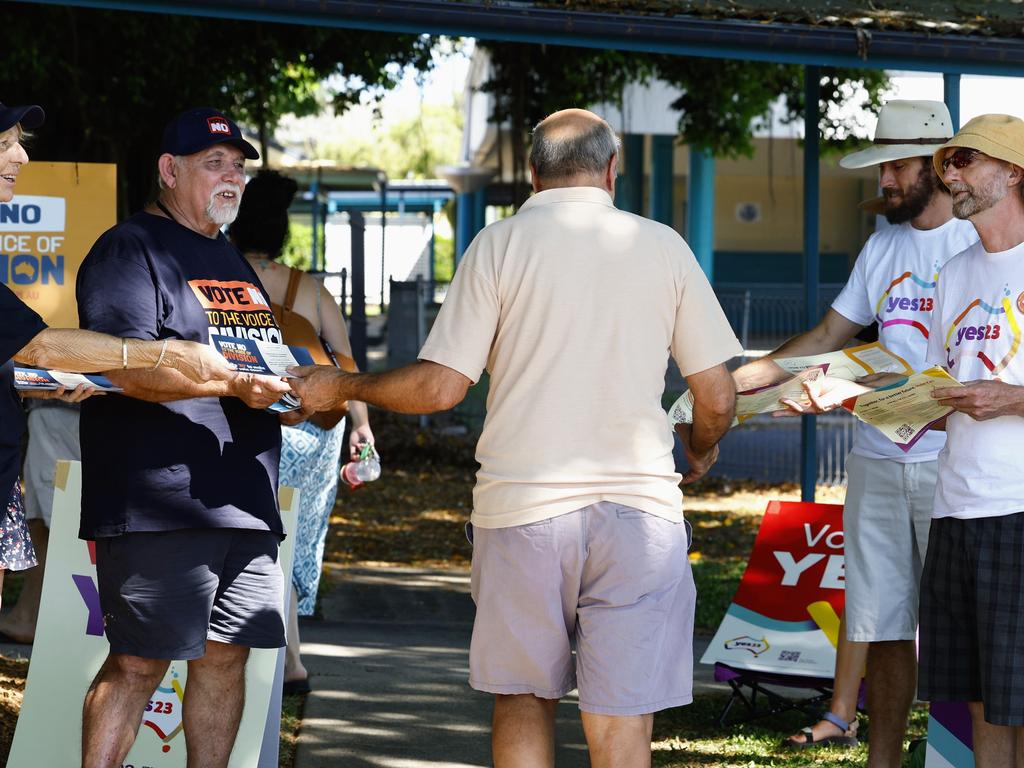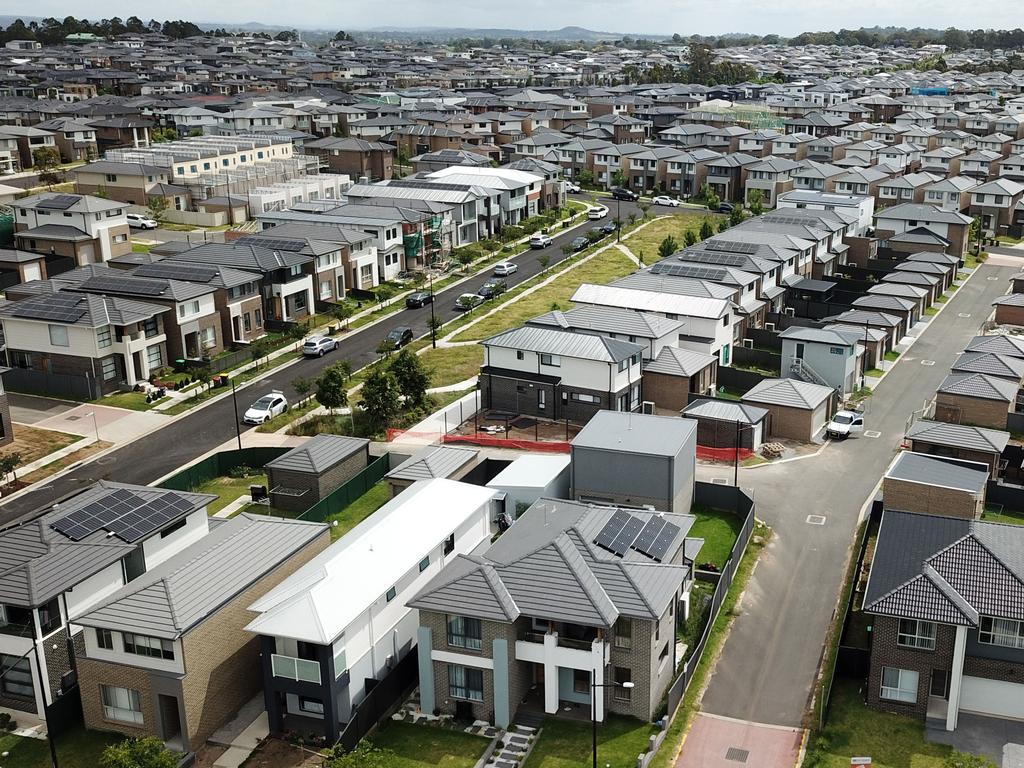Labor seats overwhelmingly ‘swing’ towards No in rejection of Anthony Albanese
As the Voice blame game continues, data shows that the biggest “swings” towards No occurred in Labor seats in the outer suburbs.
The biggest “swings” towards No occurred in Labor seats, particularly in outer suburbs of the capital cities, as Anthony Albanese’s own voters abandoned the Voice referendum.
As Labor faces growing pressure to explain the Voice referendum “wipe-out” and the $400 million poured “down the drain”, even as opinion polls pointed to certain defeat, seat-by-seat breakdown has revealed the biggest headache for Prime Minister.
“Close to 80 per cent of Labor federal seats voted No,” RedBridge pollster Kos Samaras wrote on X. “Remove the ACT and Labor/Greens contest seats and that number climbs to 90 per cent.”

ABC election analyst Antony Green calculated the “swing”, or the gap, by comparing Labor’s two-party preferred result from the 2022 federal election to the Yes vote percentage.
Nationally the biggest swing was seen in Labor electorates, where 16.3 per cent defected to vote No.
“As the column for Labor seats shows, the biggest ‘swing’ from Labor to No occurred in Labor seats, in particular outer suburban seats in all state capitals,” Green wrote in a blog post.

“The swing was larger in National seats, smaller in Liberal seats, smaller again in Greens seats. There was virtually no ‘swing’ for Others, which includes the Teal seats and the other non-Green crossbenchers.”
In Labor’s NSW heartland of the Hunter and Illawarra regions, there was a “massive” swing of more than 20 per cent, which was matched in some of Labor’s “safe seats” in outer Sydney.
The east-west divide was stark, with a 15.3 per cent swing in Western Sydney and 10.7 per cent in Outer Sydney, compared with 4.2 per cent in Inner Sydney and 1.5 per cent in Eastern Sydney.
“The swing was largest in Labor seats that were mostly in the west, and smaller in Liberal seats, mainly in the east,” Green said.
“It wasn’t the party status that explained a lot about the ‘swing’, it was where the seat was. ‘Others’ seats includes the four teal seats plus Dai Le’s seat of Fowler in Sydney’s southwest. The four ex-Liberal teal and independent seats recorded significant ‘swings’ to Yes, while the former Labor seat of Fowler saw a big ‘swing’ to No.”

In Victoria it was a similar story, with large swings to No in Melbourne Outer (11.4 per cent) and Melbourne West (14.4 per cent).
Green noted that Sydney north shore seat of Bradfield, held by frontbencher Paul Fletcher, was the only Liberal seat in the country that voted Yes with a 51 per cent majority.
On Monday, analysis by the Centre for Western Sydney found the region “broadly voted No” at the referendum but “above-average levels of support for Yes” were seen in half of the electorates, reflecting “increasing diversity in voting behaviours”.
“Support for No was strongest in the outer Western Sydney seat of Lindsay, which takes in Penrith and surrounds,” the authors wrote. “The electorate’s Liberal member, Melissa McIntosh was a prominent campaigner for the No case.”
They noted that in the Labor seat of Reid, held by Sally Sitou, support for Yes exceeded the national average at 47 per cent. In Reid, more than 60 per cent of residents speak a language other than English at home.
Surveys prior to the referendum suggested this group, along with young people aged 18 to 34, were the only demographic with a majority intending to vote Yes.
Reid is also the most educated seat in Sydney’s west, with more than 47 per cent of adults holding a university degree. “Education may have proven a factor elsewhere across Western Sydney, whereby seats with higher than regional average levels of educational attainment voted No at rates below the national average,” the Centre for Western Sydney wrote.

“This trend was evident in Parramatta (54.5 per cent for No) and Greenway (56.8 per cent). Both electorates are — like Reid — among the region’s most culturally diverse.”
Nationally, the seat with the highest recorded No vote was 84 per cent in Nationals leader David Littleproud’s rural Queensland electorate of Maranoa.
The seat of Melbourne, held by Greens leader Adam Bandt, saw the highest Yes vote on 77 per cent. Every state voted No, while the Australian Capital Territory was the only jurisdiction to vote Yes on 61 per cent.
Queensland overall had the highest No vote at 69 per cent, but in South Australia, where the Yes campaign held its official launch, every single electorate voted No.
It took less than 90 minutes after the first polls closed on the east coast for election watchers to make the call, after Tasmania, NSW and South Australia voted No — eliminating the path to the required double majority of at least four out of six states.
The proposal, to formally recognise Indigenous Australians in the constitution and to create an advisory body called the Aboriginal and Torres Strait Islander Voice to make representations to the federal government, was also overwhelmingly defeated in the national total with just 39 per cent voting Yes as of Monday.
Mr Samaras predicted that once the postal vote was fully counted, Yes would end up at around 38 per cent. “The result will be hard for many to accept,” he said.
“However the first group who need to get their heads around this result is the Labor Party. Not all, but a significant number of outer suburban Labor voters voted against Labor’s formal position on this. When a political party’s base turns away on an issue, they are then prone to doing the same in the future.”






